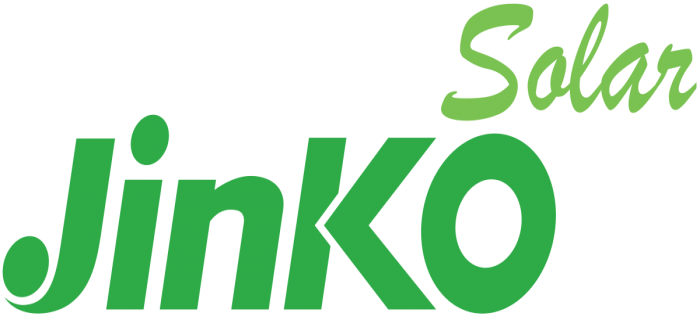
Tiger Pro | The Mechanical Load shouldn’t comply only with IEC standards, but has also to exceed expectations
Under the IEC standards, passing the mechanical load standard is essential for solar modules. Nowadays, the size of modules is getting larger, and its mechanical load seems to be gaining high consideration. In today’s industry with diversified module sizes, how to continue to respond and push up the industry standard to achieve better mechanical load value is one of the focuses of JinkoSolar Tiger Pro series.
JinkoSolar continues to optimize the material and process design of the frame to ensure that the module itself can withstand the wind and snow pressure when the system is compatible, and the BOS is lower. In terms of reliability, Tiger Pro did not only pass the IEC standard mechanical load test of 5.400pa on the front and 2,400pa on the rearof the fixed racks, but JinkoSolar also paid attention to the matching of modules with trackers of different brands to assure customers the safety of the module mechanical load so as to improve its compatibility to meet different installation conditions.
Ensuring its bankability while being reliable and safe
Take Australia 300MW DC project + tracking bracket as an example
In the compatibility test of modules and mounting system, the project requires the mechanical load of the external, internal and edge of the system to withstand 2,400pa.
Considering the difference in the maximum load value that the screw holeposition of 182 modules and larger modules can withstand, in this project the mechanical load value has exceeded the maximum value that the bigger size module can take, resulting in an increasing cost of the purlin of the mounting system. On the contrary, with its excellent mechanical load performance, the Tiger Pro 182mm series can save nearly 0.7% of the BOS cost per watt.
Thus, the mechanical load value of the module should not be underestimated. JinkoSolar Tiger Pro 182mm module can optimize the BOS cost with its advantages on mechanical load, and thanks to its high power output and mature global market acceptance it may become the best module selection in 2021, so as to help global PV projects reduce costs and increase efficiency to improve the iterative quality of products in PV industry.

.gif)
.jpeg)
leave your comment